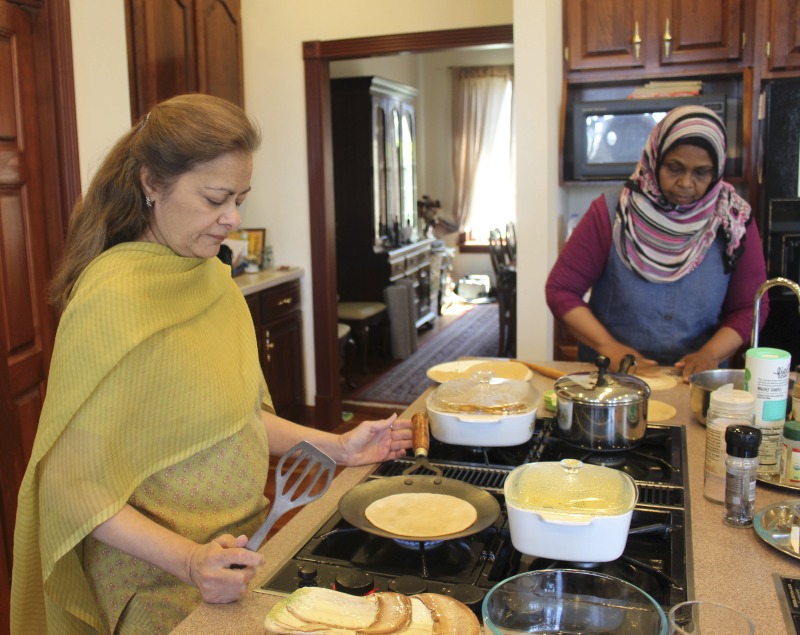WVRHC partners to promote WV Folklife Collection
Posted by Monte Maxwell.September 29th, 2021

The West Virginia Folklife Collection, an ongoing archive consisting of materials generated by folklife fieldwork conducted through the West Virginia Folklife Program at the West Virginia Humanities Council, is now available at wvfolklife.lib.wvu.edu.
The publicly accessible archive encompasses past, current, and future of West Virginia folklife, traditional arts and cultural heritage. Its new home on the Internet is thanks to a partnership between the West Virginia University Libraries’ West Virginia and Regional History Center and the Humanities Council.
“It’s a really wonderful resource that includes new and changing folk traditions. We are thrilled to be the permanent repository for the content,” WVRHC Assistant Director Lori Hostuttler said
The collection includes unique primary source material including audio recordings, transcriptions, photo and video documentation, ephemera, and some related material objects documenting the vernacular culture, beliefs, occupational skills, traditions, artists and cultural communities across West Virginia.
The field research focused on the traditional and vernacular music, dance, crafts, foodways and material culture of the people of West Virginia, from long settled to new immigrant communities.
“The collection covers a range of activities including making music, cooking, wrestling and the 2018 teacher’s strike just to name a few. Researchers may find a personal connection to the collection or they may learn more about a family tradition,” Hostuttler said.
The collection, conceived in November 2015, continues to grow with new findings from the folklife fieldworkers.
The fieldworkers consist of the West Virginia state folklorist and other West Virginia Humanities Council staff, interns, and contracted professional folklorists and photographers. Their contributions have led to nearly 2,5000 documentary and archival sources included in this collection.
This project is funded through the National Endowment of the Arts (NEA) Folk & Traditional Arts Program.





